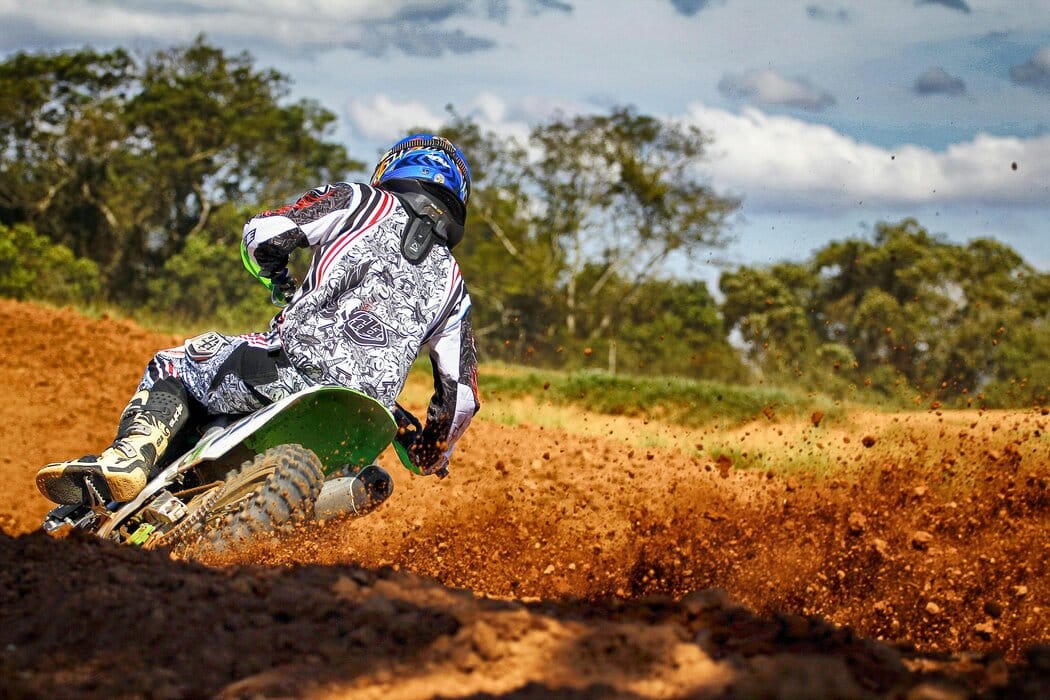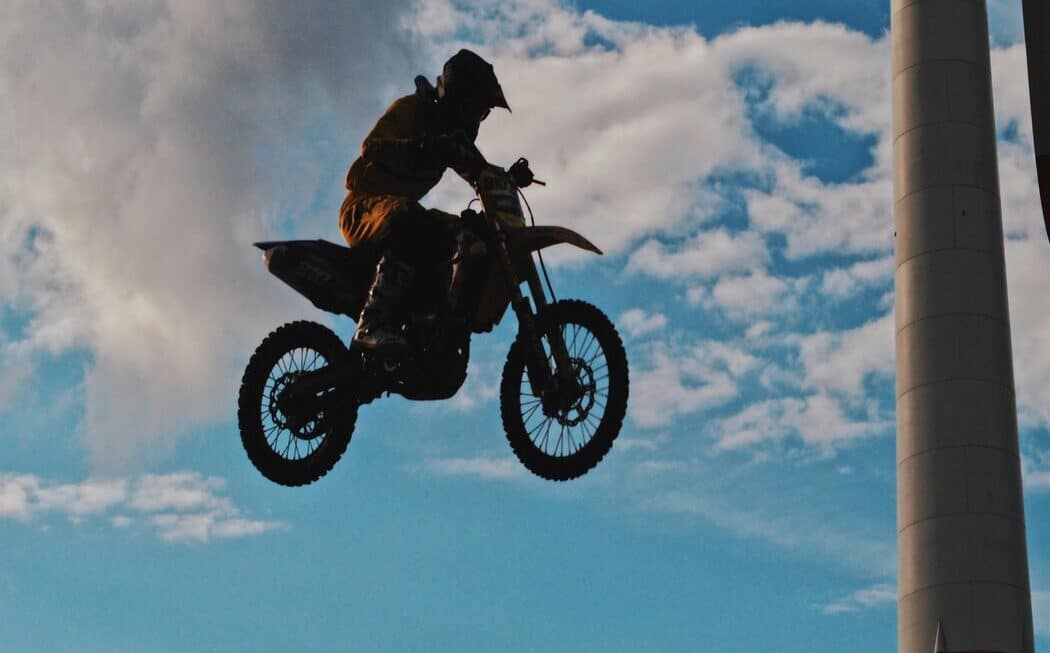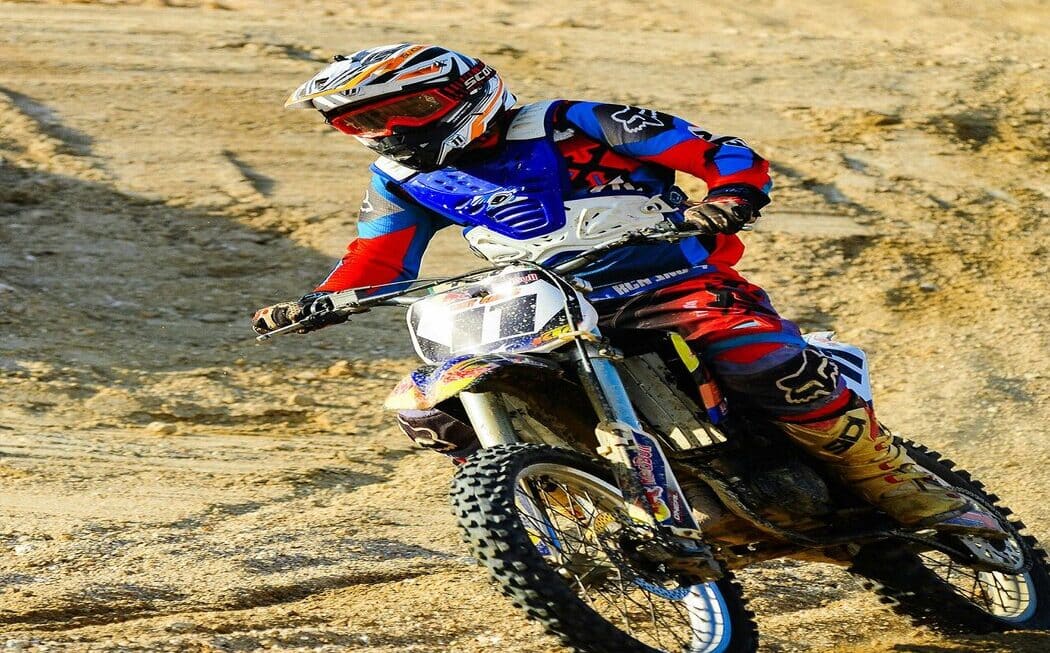Mud, for some, it’s a chaotic mess to be avoided at all costs. For others, especially those with the indomitable spirit of a dirt bike enthusiast, it’s a thrilling challenge waiting to be conquered. In the world of off-road motorcycling, tearing through the muddy terrain offers an adrenaline rush like no other. But this exhilarating activity isn’t without its hazards.
If you’re reading this, chances are you’re either deeply passionate about the dirt bike scene or perhaps you’re just curious about the madness of mud riding. Regardless of where you stand, the enchanting world of mud riding is one of those experiences that must be approached with equal parts enthusiasm and caution. This comprehensive guide is crafted for mud riding novices and seasoned riders alike, focusing on how to maximize thrills while ensuring the utmost safety.
Safety Precautions: The Foundations of a Great Mud Riding Experience
Mud riding, by its very nature, is unpredictable. What starts as a seemingly stable turn can quickly devolve into a skid across a slippery patch. Here’s how to stack the odds in your favor.
The Right Gear Saves More Than Just Style
The importance of the right gear cannot be overstated. Any off-roading adventure, particularly in the mud, requires gear that offers the highest degree of protection. Tailor your attire to the unique challenges of mud riding:
- Helmet: When it comes to helmets, don’t skimp. A high-quality full-face helmet could be the difference between an epic ride and a catastrophic accident.
- Goggles: Clear vision is non-negotiable. Not only do goggles protect your eyes from mud and debris, but they also shield you from wind and waterproof models keep your vision clear.
- Boots: Sturdy boots protect your feet and provide necessary grip. Look for dirt bike boots with reinforced protection around the ankles and calves.
- Body Armor: From chest protectors to knee braces, extra armor can prevent serious injury in spills or collisions.
Maintaining Your Bike: The Key to Safety and Success
Your bike should be in top shape before you take it to the muddy trails. Here’s a checklist to follow:
- Tires: The right traction is everything in mud. Ensure your tires have good tread and consider lowering the tire pressure for a wider, flatter footprint.
- Brakes: Mud can wear brakes down quicker. Check the pads and discs for wear and ensure they’re grippy enough.
- Air Filter: A clean air filter helps your bike breathe better, which is especially vital in muddy conditions.
- Fluids: Make sure all your fluids are at the right levels, and using the right kind (for example, waterproof chain lube).
Riding Techniques for Safe Passage Through Mud
Even the most modern bikes can’t guarantee safety on their own. The rider’s techniques are the final safeguard. Here are some fundamental mud-riding strategies:
- Proper Weight Distribution: Keep your weight slightly to the rear to maintain front-end traction.
- Balancing Act: Balance is key; keep your body movements smooth and purposeful.
- Momentum: Keep a steady speed and avoid sudden stops. Momentum is your friend; it helps you skim over mud patches and prevents your tires from getting caked in it.
- Picking Good Lines: Look for the firmest ground you can find, which usually matches the color of the mud (darker, thicker areas are usually drier and firmer).
Thrills in the Mud: Mastering the Art of Mud Riding
Beyond the inherent risks, mud riding offers a multitude of rewards for those who dare. As with any technical skill, practice is paramount.
Techniques for Tackling Mud with Finesse
Riding through mud isn’t about brute force; it’s about deft control and keen awareness. Here are essential techniques to develop:
- Stand Up: Riding while standing allows you to use your knees as shock absorbers and gives you more control.
- Feather the Clutch: Feathering the clutch helps maintain a more constant speed and keeps the power delivery smooth, preventing wheel spin.
- Throttle Control: A gentle hand on the throttle is crucial. You want enough power to maintain momentum without spinning the tires too much.
- Cornering: Slow down before corners, and use the lean of your body to guide the bike through while keeping the handlebars fairly straight.
The Unexpected Joys of Mud Riding
Mud riding isn’t just a test of skill; it fosters a different kind of camaraderie among riders. The shared challenge of navigating treacherous conditions creates a unique bond.
Learning from Those Who’ve Been There
No matter how much you read, real expertise comes from experience. Listen to the stories of seasoned mud riders — their wisdom could save you from learning the hard way.
Common Mud Riding Mistakes to Avoid
Mud riding, while thrilling, can easily lead to mishaps when riders overlook critical mistakes that compromise their safety and enjoyment. Avoiding these common blunders is essential in mastering this adventurous activity.
- Overconfidence: One of the most significant mistakes riders make is overestimating their abilities. This can lead to tackling trails that are beyond one’s skill level, resulting in accidents.
- Neglecting Bike Preparation: Failing to properly prepare the bike for the muddy conditions can cause mechanical issues, potentially leaving you stranded.
- Inadequate Riding Gear: Skimping on quality riding gear is a serious misstep. Without proper protection, riders risk severe injury.
- Poor Body Positioning: Incorrect body positioning greatly reduces control over the bike, especially in slippery conditions.
- Forgetting to Relax: Tension in the rider’s body can lead to jerky motions and mistakes. Staying loose and relaxed helps in maintaining control.
Avoiding these common errors can dramatically improve your mud riding experience, keeping you safer and ensuring that your focus remains on the fun and excitement of the ride.
Advanced Techniques for the Mud Rider
After mastering the basics and adopting the right safety measures, experienced mud riders can take their skills to a higher level with these advanced techniques:
- Weight Transfer: Experienced riders know how to transfer their weight to benefit traction. Moving weight forward can aid the front tire in finding grip during climbs, while shifting it back helps in deep mud.
- Clutch and Throttle Harmony: Finding the sweet spot between clutch engagement and throttle control is an art that can keep the engine in the power band without causing excess wheel spin.
- Vision Training: Keeping one’s gaze further down the trail allows for better anticipation of the terrain changes and enables quick adjustments in technique.
- Bike Recovery Skills: Skilled mud riders must know how to recover their bike without expending unnecessary energy, using techniques for lifting, pushing, and restarting the bike in deep mud.
- Endurance Practice: Building physical and mental endurance through conditioning exercises can help riders push through the demanding conditions that mud riding presents.
Conclusion: The Balanced Approach to Mud Riding
Mud riding embodies the dual spirit of danger and delight that characterizes the dirt bike enthusiast’s lifestyle. By heeding the safety precautions and mastering the art of mud riding, you can enjoy one of the most exhilarating experiences that off-roading has to offer. Remember, while the thrill of the ride is compelling, your safety is paramount.
Equip yourself with knowledge, protect your body with the right gear, and gain experience in a controlled environment before heading out. Doing so will ensure that your mud riding adventures are thrilling, fulfilling, and above all, safe. Happy riding, and may your trails be as muddy and magnificent as you dream.



